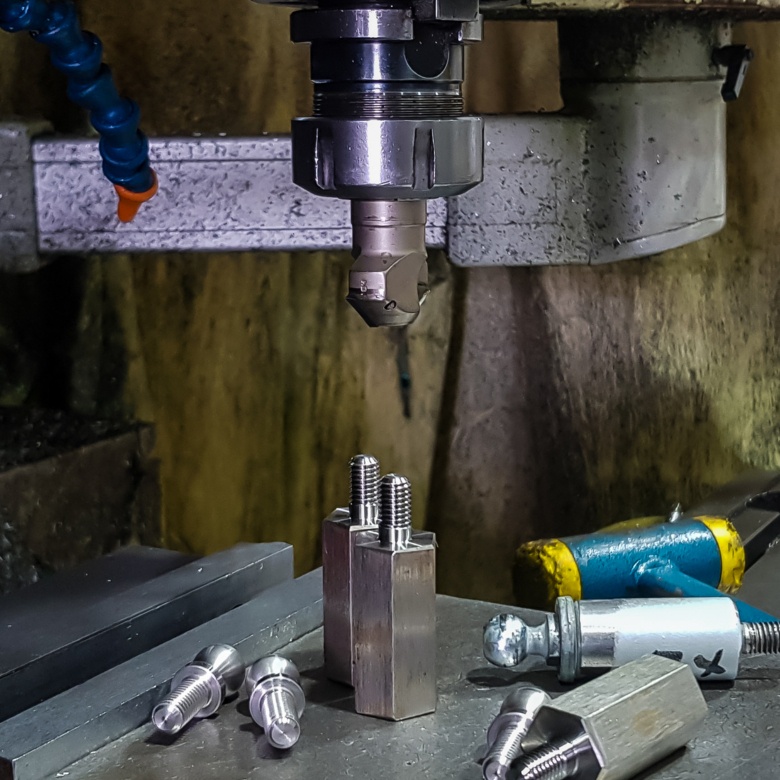Milling machine parts are versatile tools used in various industries for cutting and shaping materials. Understanding the different parts of a milling machine and their functions is essential for efficient and safe operation. In this guide, we will explore the key components of a milling machine parts and how they contribute to the machining process.
-
Base: The base is the foundation of a milling machine, providing stability and support for all other components. It is typically made of cast iron or steel to ensure rigidity. The base holds the column and other major components in place.
-
Column: The column is a vertical structure mounted on the base and supports the entire weight of the machine. It also houses the transmission mechanism that moves the spindle up and down. The column's alignment is crucial for accurate machining.
-
Knee: The knee is a vertically adjustable platform attached to the column. It allows the operator to position the worktable and workpiece precisely. The vertical movement of the knee is controlled by the saddle.
-
Saddle: The saddle is mounted on the knee and can move horizontally. It carries the table and workpiece during milling operations. The saddle can be adjusted to accommodate different workpiece sizes and shapes.
-
Table: The table is the flat surface on which the workpiece is secured for milling. It can move both horizontally and vertically, allowing for precise positioning and feed during cutting. Tables may have T-slots for securing workholding devices like vises and clamps.
-
Spindle: The spindle is the heart of the milling machine and holds the cutting tool. It can rotate at various speeds, allowing for different cutting operations. The spindle's accuracy and stability are crucial for achieving precision in machining.
-
Arbor and Cutter: The arbor is a shaft that holds the milling cutter, which is the tool used for cutting and shaping the workpiece. Milling cutters come in various shapes and sizes for different types of machining operations, such as end mills, face mills, and slotting cutters.
-
Power Feed Mechanism: Many milling machines are equipped with power feed mechanisms that automate the table's movement during cutting. This feature ensures consistent feed rates, improving the quality of the machined surface and reducing operator fatigue.
-
Dials and Controls: Milling machines have a variety of dials and controls that allow operators to adjust the machine's settings, including speed, depth of cut, and feed rate. Understanding these controls is essential for achieving the desired machining results.
-
Safety Features: Safety is paramount when operating milling machine parts. Most machines are equipped with safety features such as emergency stop buttons, spindle locks, and protective guards. Operators should be well-trained in safety procedures to prevent accidents.
Conclusion: A milling machine parts is a powerful tool for machining various materials, and knowing its parts and functions is crucial for safe and efficient operation. By understanding the base, column, knee, saddle, table, spindle, arbor, cutter, power feed mechanism, dials and controls, and safety features, operators can use milling machines effectively to achieve precision in their machining tasks. Always prioritize safety and proper maintenance to ensure the longevity of the machine and the quality of the work produced.


No comments yet